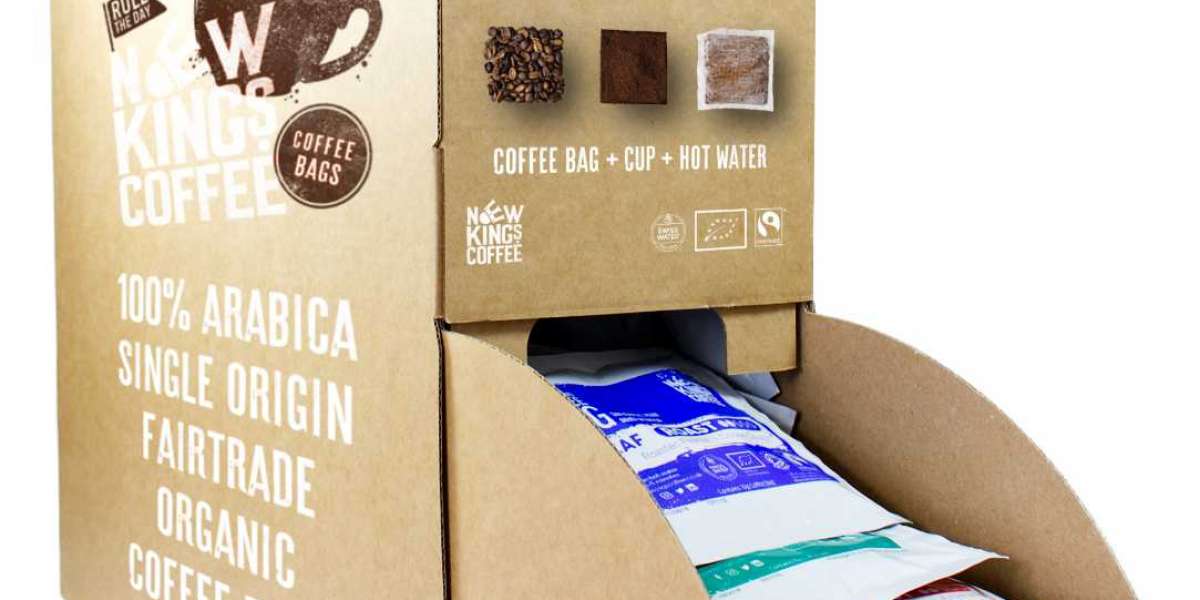Introduction: The Era of Wearable Health
In an increasingly health-conscious world, the demand for non-invasive, continuous health monitoring solutions is rapidly growing. Traditional health measurements often require specialized equipment or clinical visits. However, advancements in sensor technology have revolutionized how we track vital signs, largely driven by the widespread adoption of wearable devices. At the heart of many of these innovations lies the Photoplethysmography (PPG) biosensor, a versatile and discreet technology that provides valuable insights into cardiovascular health and other physiological parameters directly from the skin.
Understanding Photoplethysmography (PPG)
Photoplethysmography (PPG) is an optical technique used to detect volumetric changes in blood in the peripheral circulation. Essentially, it measures how the volume of blood changes in the tiny blood vessels (capillaries) just beneath the skin. This change in blood volume corresponds to the cardiac cycle – the heart pumping and relaxing.
A PPG biosensor typically consists of a light source (often an LED) and a photodetector. The light from the LED is shone onto the skin. As blood flows through the capillaries, it absorbs some of this light. The photodetector then measures the amount of light that is reflected or transmitted back. Since the volume of blood in the capillaries changes with each heartbeat, the amount of absorbed light also changes, creating a pulsating waveform that can be interpreted. Green light LEDs are commonly used in PPG sensors found in smartwatches because they are well absorbed by red blood cells.
Key Applications and Advantages
The simplicity and non-invasive nature of PPG biosensors make them incredibly versatile for various applications. Their most common use is heart rate monitoring in fitness trackers and smartwatches. Beyond simple pulse rate, advanced algorithms can derive other crucial metrics such as heart rate variability (HRV), which is an indicator of autonomic nervous system activity and overall stress levels.
PPG sensors are also used for blood oxygen saturation (SpO2) measurement, detecting how much oxygen is carried by the red blood cells. Some emerging applications include blood pressure estimation (though still under development for clinical accuracy), respiratory rate tracking, and even detection of arrhythmias like atrial fibrillation. The primary advantages include their continuous, real-time data collection, non-invasiveness, small size, and relatively low cost, making them ideal for integration into everyday wearable technology and remote health monitoring devices.
Innovation and Market Growth
The PPG biosensor market is experiencing robust growth, propelled by the increasing consumer interest in personal health monitoring and the expansion of the wearable electronics industry. Innovations are focused on improving sensor accuracy, especially during motion, reducing power consumption for longer battery life, and enhancing the algorithms that interpret the raw PPG signals into meaningful physiological data.
Researchers are also exploring new light wavelengths and sensor configurations to enable even more precise measurements and to detect a wider range of biomarkers. The integration of artificial intelligence (AI) and machine learning is paramount, allowing for more sophisticated data analysis, personalized health insights, and early detection of potential health issues. This continuous development promises to unlock further capabilities for these compact yet powerful sensors.
Conclusion: A Foundation for Proactive Health
PPG biosensors have emerged as a foundational technology in the realm of digital health and personal wellness. By providing a convenient and continuous means to monitor vital cardiovascular parameters, they empower individuals to take a more proactive role in managing their health. As the demand for seamless and intelligent health tracking solutions continues to grow, PPG technology will undoubtedly remain at the forefront, contributing significantly to the future of preventive care, personalized fitness, and accessible remote patient monitoring, ultimately improving health outcomes worldwide.
Explore our latest reports
? Stay ahead in the healthcare industry. Browse our latest insights now!
About Market Research Future (MRFR)
Market Research Future (MRFR) is a global market research firm that provides comprehensive insights into market trends, drivers, challenges, and opportunities. We offer a broad range of market intelligence reports and consulting services to help businesses and enterprises in various industries make informed decisions
Media Contact:
Market Research Future (MRFR)
Phone: +1-646-845-9312
Email: contact@marketresearchfuture.com
Website: marketresearchfuture



